As predicted, we reached the San Blas early on Sunday morning. It was about 5am when we were 10 miles from the islands so we hove-to for an hour to wait for the light. As we drew near to the anchorage, we dropped the sails and tried to start the engine but all we heard was a dry groan followed by the sound of our hearts sinking. Nick investigated with a wrench and fairly quickly the engine roared to life.
The anchorage is lovely, sandwiched between the mystical mainland of Panama (just layer upon layer of forest and hills) and the little gem of an island, Isla Pinos.'Ouf' were here to greet us with some coffee and while we were catching up with them we were visited by David, a Kuna man from the island, rather like an emissary, who brought us coconuts and asked us when we wanted to visit the Sila (chief). We went later in the day, with the outboard motor sounding alarmingly rough but doing it's job nonetheless.
The main village of the island is home to quite a large community of Kuna people. They live in small bamboo and palm huts which are surprisingly cool.I had no idea what to expect of the chief (I tried to avoid imagining the regalia of leopard skins, exotic feathers and perhaps the odd decorative bone about his person, but God forgive me, I failed and thus was a little underwhelmed) - the image was more one of Nike than majesty but once I'd got over the disappointment of the plastic flip flops, I began to appreciate the wisdom of these people. They have endeavoured against huge odds, to keep their traditions and culture alive while still being a part of Panama. They have stoically resisted adopting the trappings and luxuries from just across the water with amazing foresight and strength of spirit.
From the start, the importance of their customs was obvious to us visitors, and there was a clear, formal procedure for us to follow - meeting and talking with the chief, paying our small visitors' fee and assuring our hosts that we understood the few rules that apply to visitors to the island. These included not taking photos without permission (well, it's rude isn't it), not taking coconuts from the ground (their main income is from coconuts, and every tree is owned by someone from the island) and consulting the chief before buying products from islanders (in order to discourage competition and greed amongst individuals). Simple but effective rules delivered with clarity and solemnity and sealed with a smile. They help preserve the Kuna culture and maintain the delicate balance between tourists and islanders - we were impressed.
It means that unlike many other places we have been (Eastern Caribbean particularly) our relationship with the people is founded on more level ground - we are not seen merely as a source of income but as (perhaps slightly strange) individuals.
Our first evening here was clouded by the discovery that the outboard had inexplicably died again and we were faced with the dilemma of what to do in a tropical archipelago with no outboard motor and only one oar! Not a great prospect. So, feeling a little pre-occupied the next morning, we hitched a lift into the village in Ouf's dinghy (thank heavens for Ouf) for a trek around the island.
It was good to have a challenging walk after our passage and we returned to Kika feeling invigorated.
After some work on the outboard, it fired up once again although struggled to keep running, but there seems to be a glimmer of hope. Also, Steve, from the other boat in the anchorage, Corisande, kindly donated a spare oar to us which makes our progress through the islands more possible. We were very grateful. The vague plan is to stay perhaps one more day before hopping West to see more of these fascinating islands.
Subscribe to:
Post Comments (Atom)
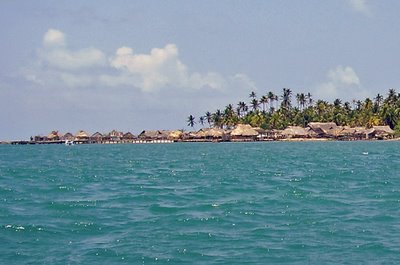
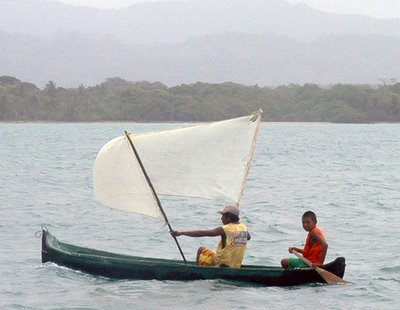
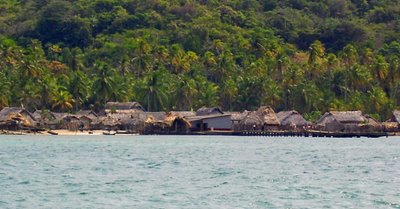
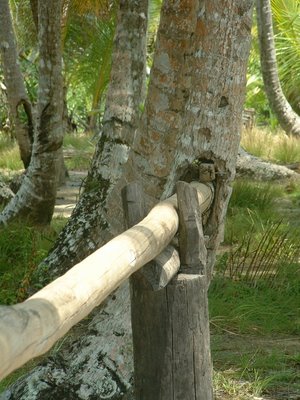
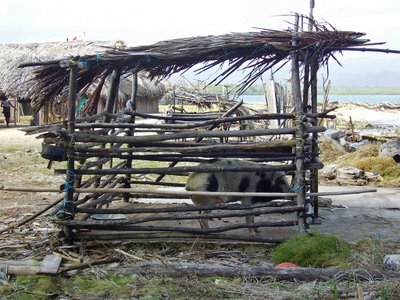
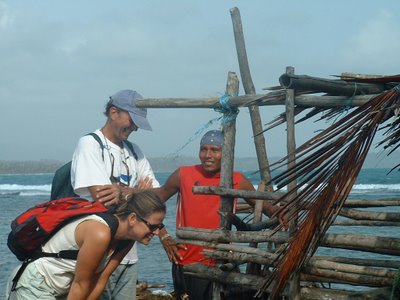
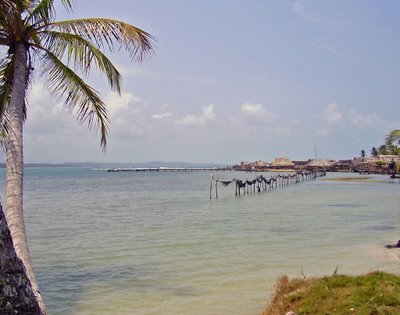
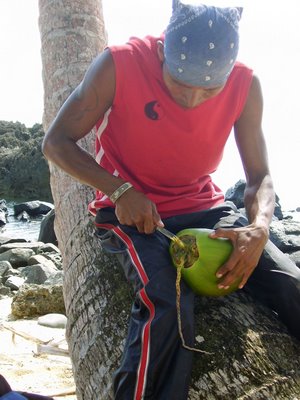

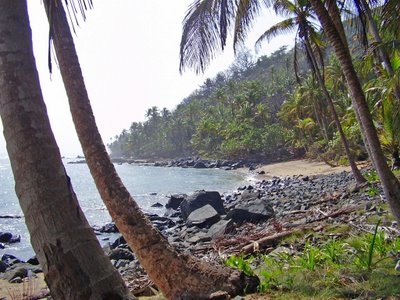

No comments:
Post a Comment